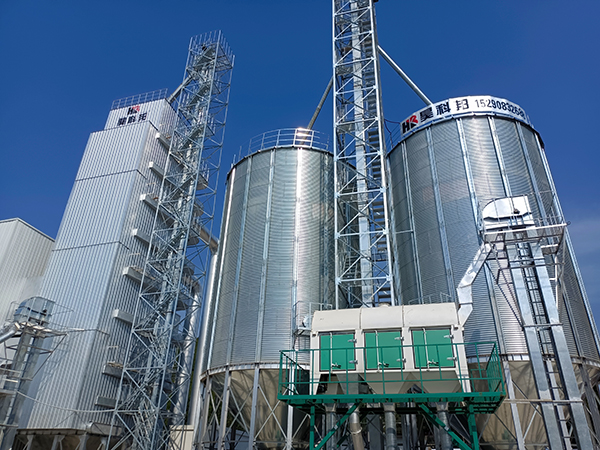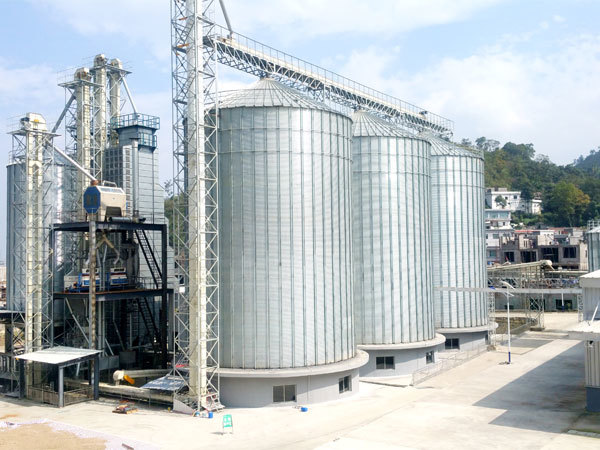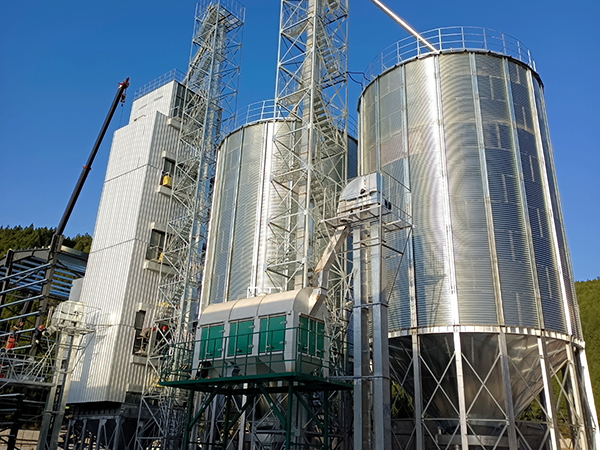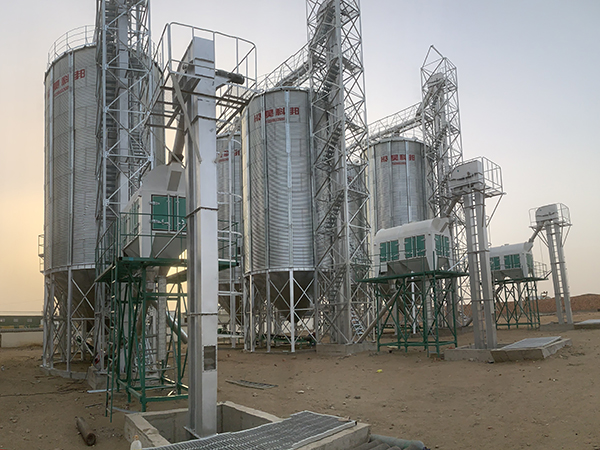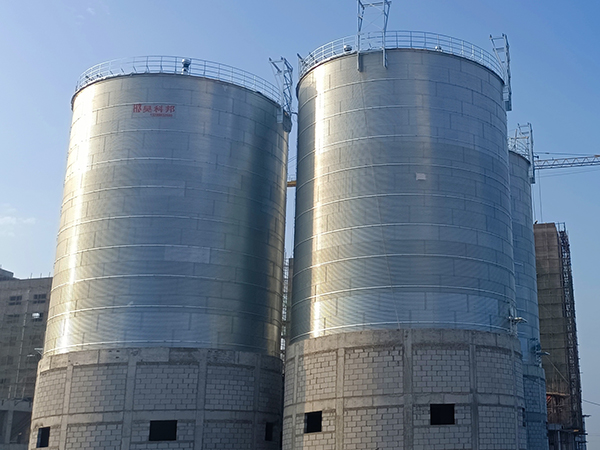China 18 Sets 3000 Ton Corn Silo
Project Overview
In a major grain-producing area in northern China, to accommodate the growing demand for grain storage, the local government partnered with agricultural enterprises to initiate a grand project: the construction of 18 sets of 3000-ton corn silo. This project not only enhanced the regional grain storage capacity but also propelled the modernization of local agriculture.

Design and Planning
These 3000-ton corn silo were designed with an advanced concept to ensure maximum storage efficiency and ease of operation. The silos are equipped with automated control systems that can monitor the storage status and environmental conditions in real-time.
Construction and Installation
The construction team efficiently completed the construction of the 18 silos while ensuring safety and quality. From foundation laying to the erection of the silo structures, and then to the installation and commissioning of equipment, every step was strictly executed according to the construction plan.
Technological Innovation
The 3000-ton corn silo used in the project incorporate multiple technological innovations, including an efficient ventilation system and moisture-proof technology. The application of these technologies significantly improves the quality of grain storage and extends the storage period.
Environmental Benefits
The design of these silos also takes into account environmental protection factors. By reducing the loss of grain during storage, the impact on the environment is minimized, and economic savings are also achieved for the enterprises.
Successful Operation
With the completion and commissioning of the 18 sets of 3000-ton corn silo, the project greatly enhanced the food security capabilities of the region. These silos not only meet current storage needs but also provide possibilities for future expansion.
Conclusion
By implementing this large-scale grain storage project, the grain-producing area in northern China has demonstrated how modern storage technology and equipment can effectively improve grain management efficiency and regional food security levels.


